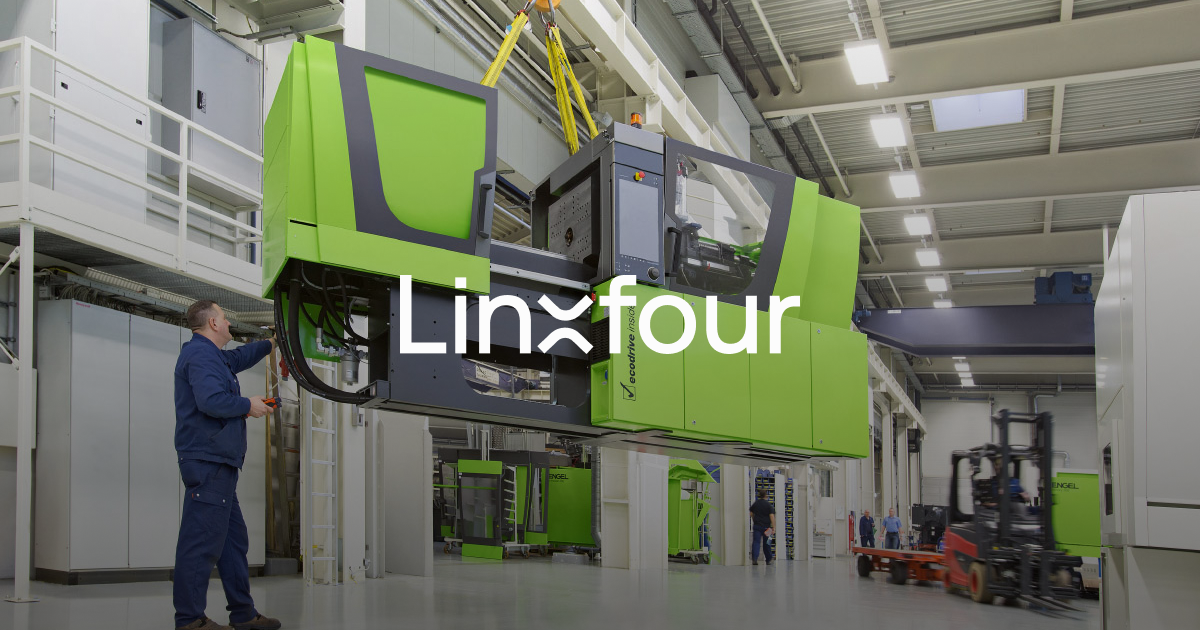Pay-per Use Equipment Finance, in the evolving landscape of manufacturing finance is gaining momentum as a revolutionary technology that is changing the traditional model and offers businesses unprecedented flexibility. Linxfour is at the cutting edge of this revolution, leverages Industrial IoT to bring a new kind of finance that benefits both manufacturers and operators of equipment. We investigate the complexities involved in Pay-per-Use financing, the impact it has in difficult conditions and how it transforms financial practices by moving from CAPEX into OPEX. This is a way to eliminate balance sheet treatment according to IFRS16.
Pay-per Use Financing: It’s a Powerful
Pay-per-use financing is fundamentally a game changer for manufacturers. Businesses pay according to the actual use of equipment instead of rigid fixed-priced payments. Linxfour’s Industrial IoT integrate ensures accurate usage tracking and provides transparency. This helps eliminate the possibility of hidden costs or penalties if equipment is not utilized to its maximum. This unique approach enhances flexibility when managing cash flow. This is especially important in periods of changing demand from customers and lower revenue.
Impact on sales and business conditions
The overwhelming majority of equipment manufacturers is a testament to the possibilities of Pay Per Use financing. An overwhelming 94% of respondents believe that this method can increase sales even in tough economic times. The ability to align costs directly with usage of equipment is not just appealing to businesses seeking to reduce spending, but also creates a win-win scenario for the manufacturers who are able to offer better financing options to their clients.
Accounting Transformation: From CAPEX to OPEX
Accounting is among the most significant differences between traditional leasing and pay-per-use financing. Pay-per-Use financing is a form of borrowing that allows companies undergo a radical change in their accounting practices, shifting from capital expenses (CAPEX) to operating costs (OPEX). This change has profound impact on financial reporting, providing a more precise representation of the expenses that are associated with revenue generation.
Unlocking Off-Balance Sheet Treatment under IFRS16
The adoption of Pay-per-Use financing can also provide a strategic advantage in terms of off-balance sheet treatment one of the key aspects under International Financial Reporting Standard 16 (IFRS16). Through transforming the equipment finance cost into a liability businesses are able to keep the cost off their balance sheet. This reduces the amount of financial leverage, but it also eliminates barriers to investment which makes it a desirable choice for businesses that want flexible financial structures.
Ensuring KPIs and TCO in Case of Under-Utilization
In addition to the off balance sheet treatments In addition, the Pay-per use model contributes to enhancing key performance indicators (KPIs) such as free cash flow and the Total Cost of Ownership (TCO) particularly in the event of under-utilization. Lease models founded on traditional techniques can create problems when equipment isn’t being used according to the plan. Pay-per use allows companies to stay away from paying fixed sums for assets that are not being utilized. This helps improve overall performance and financial results. See more at Off balance
The Future of Manufacturing Finance
As businesses struggle to navigate through a complex landscape of economics with rapid changes, novel techniques for financing like Pay-per-use can set the foundation for a more flexible and stable future. Linxfour’s Industrial IoT approach benefits not just manufacturers and operators of equipment and suppliers, but also aligns with the current trend of companies searching for sustainable and flexible financing solutions.
Conclusion: The introduction of Pay-per-Use financing with the accounting transition from CAPEX into OPEX and off-balance sheet treatment under IFRS16 is the beginning of a new era in manufacturing finance. In a business environment that is constantly evolving and changing, companies are constantly looking for ways to improve their efficiency, financial agility and KPIs. This innovative financing method could help them meet the goals.
